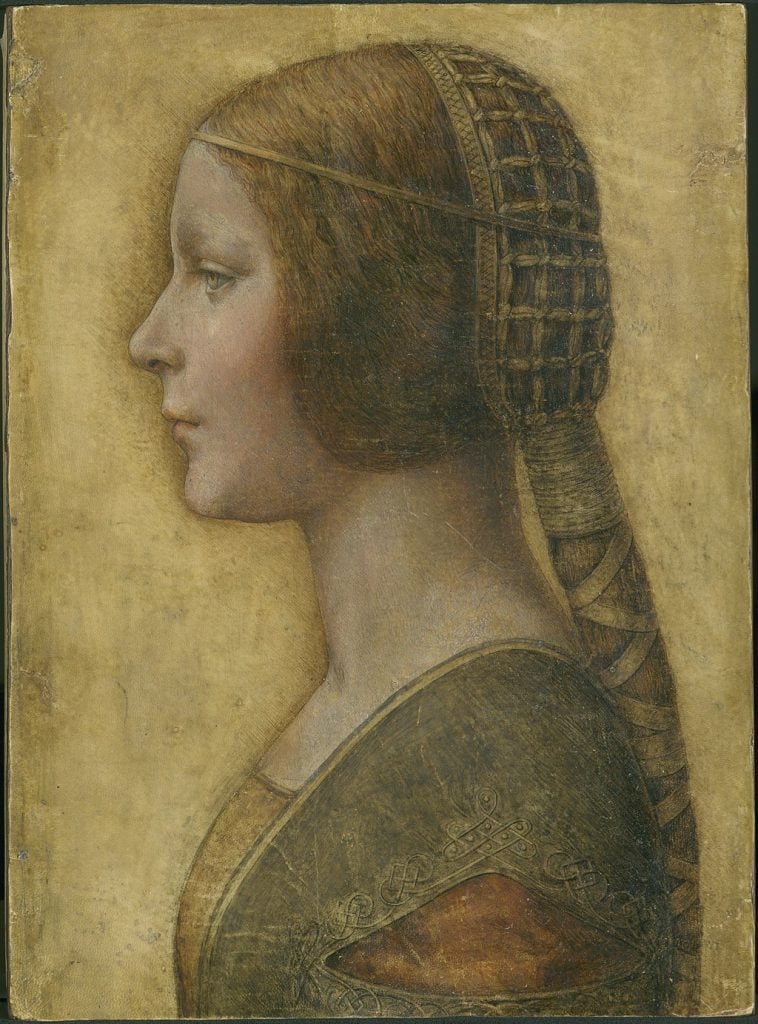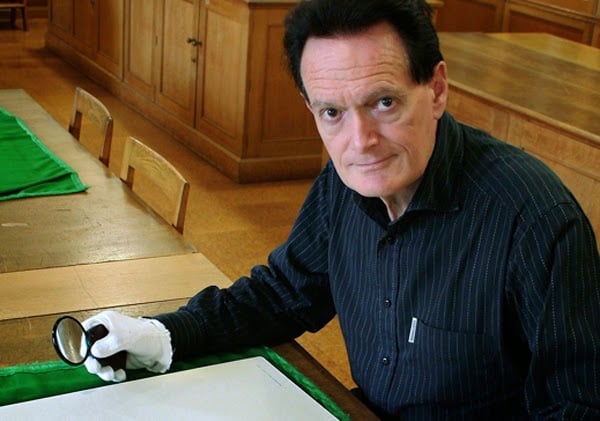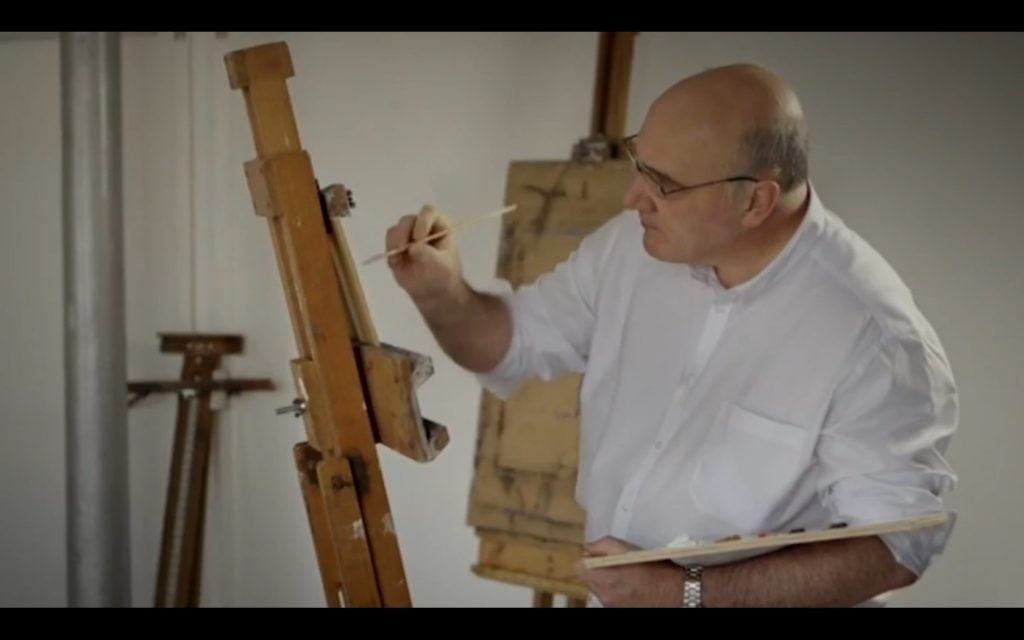Law & Politics
Forger Claims Leonardo da Vinci’s ‘La Bella Principessa’ Is Actually His Painting of a Supermarket Cashier
Notorious British forger Shaun Greenhalgh says his model was Sally from the Co-Op.

Notorious British forger Shaun Greenhalgh says his model was Sally from the Co-Op.

Lorena Muñoz-Alonso

The notorious British art forger Shaun Greenhalgh, who served a prison sentence between 2007 and 2012, claims to be the author of La Bella Principessa, a $150 million painting attributed to Leonardo da Vinci.
The attribution to da Vinci has always been strongly contested. According to the Daily Mail, the painting was properly documented for the first time in 1998, when it was sold at a Christie’s auction labeled as an early-19th century work by a German artist painting in the style of the Italian Renaissance. The work fetched $21,800.
But in 2008, experts concluded that the painting was created by da Vinci, and it has been exhibited as such in Italy ever since, with an estimated value of $150 million. The portrait, still in private hands, is now widely thought to depict 13-year-old Bianca Sforza, the daughter of da Vinci patron Ludovico Sforza, and to have been commissioned on the eve of her marriage in 1496.

Art historian and Leonardo da Vinci expert Martin Kemp thinks La Bella Principessa is a legit work by the artist. Photo by John Baxter.
Da Vinci expert Martin Kemp also gave the work his approval, and even published his findings in the 2010 book La Bella Principesssa: The Profile Portrait of a Milanese Woman.
Greenhalgh, however, just published his own book on the matter, a memoir entitled A Forger’s Tale, and his account couldn’t be more different.
“I drew this picture in 1978 when I worked at the Co-op [supermarket],” Greenhalgh writes in his memoirs, an extract of which was published in the Sunday Times yesterday. “The ‘sitter’ was based on a girl called Sally who worked on the checkouts. Despite her humble position, she was a bossy little bugger and very self-important.”

Art forger Shaun Greenhalgh on Fake or Fortune. Screenshot courtesy of the BBC.
Greenhalgh, who spent four years and eight month in jail, claims he used a council document dating from 1587 for the canvas, and the lid of a Victorian school desk as support.
And yet, it is possible that this story is but another Greenhalgh “fake.” The Independent reports that a French laboratory released evidence this weekend proving that the chalk pigment used in the artwork is at least 250 years old.
Starting in the late 1980s, and with the help of his brothers and elderly parents, Greenhalgh sold a large number of his forgeries to international museums, auction houses, and private buyers, for an estimated combined total of almost $1.5 million, the Guardian reported in 2007.
The family was described by Scotland Yard as “possibly the most diverse forgery team in the world, ever.”
For a few days in early 2010, London’s Victoria and Albert Museum showcased a number of Greenhalgh’s forgeries as part of the exhibition “The Metropolitan Police Service’s Investigation of Fakes and Forgeries.”